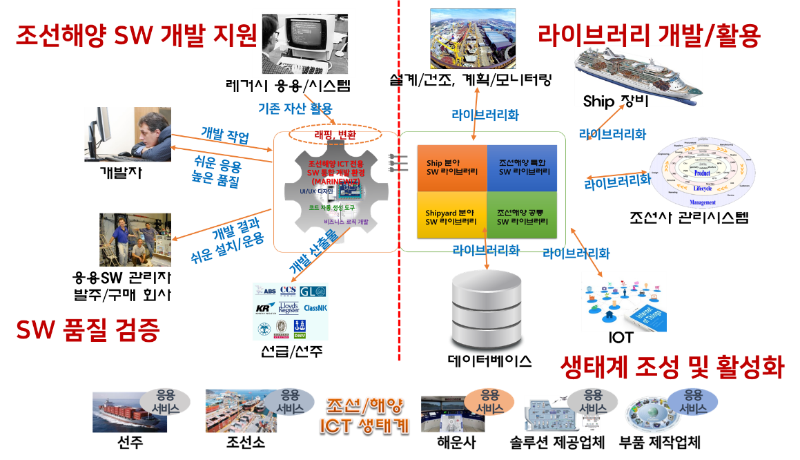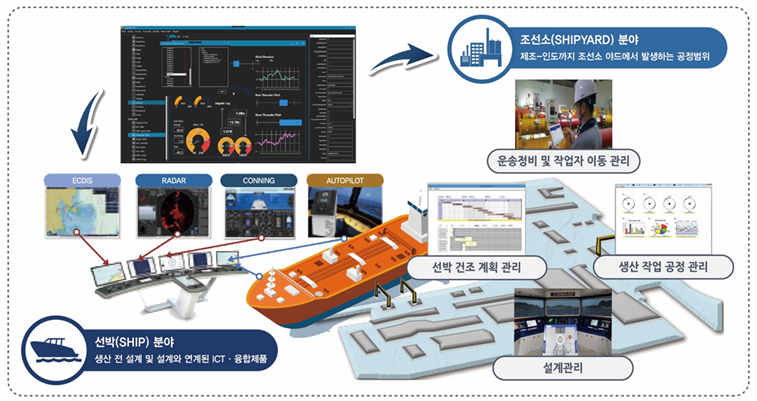 KR Webzine Vol.146
KR Webzine Vol.146
- Dec. 2021
- Nov. 2021
- Oct. 2021
- Sep. 2021
- Aug. 2021
- Jul. 2021
- Jun. 2021
- May. 2021
- Apr. 2021
- Mar. 2021
- Feb. 2021
- Jan. 2021
- Dec. 2020
- Nov. 2020
- Oct. 2020
- Sep. 2020
- Aug. 2020
- Jul. 2020
- Jun. 2020
- May. 2020
- Apr. 2020
- Mar. 2020
- Feb. 2020
- Jan. 2020
- Dec. 2019
- Nov. 2019
- Oct. 2019
- Sep. 2019
- Aug. 2019
- Jul. 2019
- Jun. 2019
- May. 2019
- Apr. 2019
- Mar. 2019
- Feb. 2019
- Jan. 2019
- Dec. 2018
- Nov. 2018
- Oct. 2018
- Sep. 2018
- Aug. 2018
- Jul. 2018
- Jun. 2018
- May. 2018
- Apr. 2018
- Mar. 2018
- Feb. 2018
- Jan. 2018
- Dec. 2017
- Nov. 2017
- Oct. 2017
- Sep. 2017
- Aug. 2017
- Jul. 2017
- Jun. 2017
- May. 2017
- Apr. 2017
- Mar. 2017
- Feb. 2017
- Jan. 2017
- Dec. 2016
- Nov. 2016
- Oct. 2016
- Sep. 2016
- Aug. 2016
- Jul. 2016
- Jun. 2016
- May. 2016
- Apr. 2016
- Mar. 2016
- Feb. 2016
- Jan. 2016
- Dec. 2015
- Nov. 2015
- Oct. 2015
- Sep. 2015
- Aug. 2015
- Jul. 2015
- Jun. 2015
- May. 2015
- Apr. 2015
- Mar. 2015
- Feb. 2015
- Jan. 2015
- Dec. 2014
- Nov. 2014
- Oct. 2014
- Sep. 2014
- Aug. 2014
- Jul. 2014
- Jun. 2014
- May. 2014
- Apr. 2014
- Mar. 2014
- Feb. 2014
- Jan. 2014
- Dec. 2013
- Nov. 2013
- Oct. 2013
- Sep. 2013
- Aug. 2013
- Jul. 2013
- Jun. 2013
- May. 2013
- Apr. 2013
- Mar. 2013
- Jan. 2013
- Dec. 2012
- Nov. 2012
- Oct. 2012
- Sep. 2012
- Aug. 2012
- Jul. 2012
- Jun. 2012
- May. 2012
- Apr. 2012
- Mar. 2012
- Feb. 2012
- Jan. 2012
- Dec. 2011
- Nov. 2011
- Oct. 2011
- Sep. 2011
- Aug. 2011
- Jul. 2011
- Jun. 2011
- May. 2011
- Apr. 2011
- Mar. 2011
- Feb. 2011
- Jan. 2011
- Dec. 2010
- Nov. 2010
- Oct. 2010
- Sep. 2010
- Aug. 2010
- Jul. 2010
- Jun. 2010
- May. 2010
- Apr. 2010
- Mar. 2010
- Feb. 2010
- Jan. 2010
- Dec. 2009
- Nov. 2009
- Oct. 2009
- Sep. 2009
- Aug. 2009
- Jul. 2009
- Jun. 2009
- May. 2009
- Apr. 2009
- Mar. 2009
- Feb. 2009
- Jan. 2009
- Dec. 2008
- Nov. 2008
- Oct. 2008
- Sep. 2008
- Aug. 2008
- Jul. 2008
- Jun. 2008
- May. 2008
- Apr. 2008
- Mar. 2008
- Feb. 2008
04
April 2020
South Korea’s domestic shipbuilding and marine industry is changing its development direction to focus on high value-added technology based on ICT technology. By strengthening the foundation technology, the goal is to enhance the productivity of the shipbuilding and marine industries, to enhance the value of ships, and to support the expansion of global competitiveness.

The projects are organized as the developments of component-based SW integrated development support IDE (product name: MarineWiz), ship/shipyard core library using ICT SW classification system, activation of SW and quality system.

By analyzing the correlation between the quality characteristics of each software life cycle, the six quality characteristics of ISO / IEC 25010 quality model have been identified as learnability, user error protection, maturity, confidentiality, testability, and installability. These six quality shows high correlation, which is high degree of importance, in the operation stage of ISO/IEC 12207. In addition, to increase the ratio of the scenario described in the user documentation and to verify that the scenario works properly, the feasibility identification and effectiveness were added as separate indicators.
|
Characteristics |
ID |
Name |
Description |
|
Appropriateness recognizability |
UAp-1-G |
Description coverage |
degree to which users can recognize whether a product or system is appropriate for their needs |
|
Learnability |
ULe-1-G |
User guidance coverage |
degree to which a product or system can be used by specified users to achieve specified goals of learning to use the product or system with effectiveness, efficiency, freedom from risk and satisfaction in a specified context of use |
|
User error-protection |
UEp-2-S |
Modified user error-protection |
degree to which a system protects users against making errors |
|
Maturity |
RMa-4-S |
Test coverage |
degree to which a system meets needs for reliability under normal operation |
|
Confidentiality |
SCo-1-G |
Accessible Control |
degree to which a product or system ensures that data is accessible only to those authorized to have access |
|
Testability |
MTe-3-S |
Test restart |
degree of effectiveness and efficiency with which test criteria can be established for a system, product or component and tests can be performed to determine whether those criteria have been met |
|
Installability |
PIn-2-G |
Easy installation |
degree of effectiveness and efficiency with which test criteria can be established for a system, product or component and tests can be performed to determine whether those criteria have been met |
|
Effectiveness |
Ef-1-G |
Tasks completed |
The proportion of the tasks that are completed correctly without assistance |
|
Ef-4-G |
Tasks with errors |
Proportion of tasks where errors were made by the user |
For a software conformity assessment, the indexed software quality characteristics must be derived as measurable functions. ISO / IEC 25000 provides a list of metrics related to quality measurement. The list can be divided into measurements from the perspective of ISO / IEC 25022 users (effectiveness) and measurements from the perspective of ISO / IEC 25023 product quality. The list of metrics provided by ISO / IEC 25022 and 25023 provides a description of the name, ID, and metric, formulas for calculating metric measurements, methods and types that can be used to obtain measurements.
In order to set the quality standards of shipbuilding and offshore software, the standard documents of shipbuilding and offshore ICT SW quality related organizations are analyzed, the detailed standards specified in the product manual and user manual of the software are established, and the software life is considered in relation to the international standards on quality measurement. At the cycle operation stage, the evaluated items were identified as quality characteristics that showed a high degree of correlation, and a quantifiable conformity assessment measurement function was derived.
To evaluate software conformance, the evaluator must select a quality measurement to address the software quality assurance requirements and the conformance assessment requirements should be assigned as being capable of defining each appropriate quality measurement used to assess software quality. The following checklist was developed by defining software quality criteria as evaluation items of measurable requirements and listing them by relevant quality indicators along with evaluation descriptions.
|
ID |
Item |
Description |
|
UAp-1-G (Appropriateness recognizability) |
(1) Identification Information |
Is there information identifying the product, such as the software name or version? |
|
(2) Supplier Information |
Do you specify supplier information such as supplier name, supplier address and website? |
|
|
(3) Performance Information |
Do you specify the tasks and services that can be performed with the product? |
|
|
(4) Component Information |
If there is an option or version of the software component, do you specify it? |
|
|
ULe-1-G (Learnability) |
(1) Function Outline |
Does it provide an overview of the executable features? |
|
(2) Usage Information |
Do you specify the information required to use the software? |
|
|
(3) Function description |
Does the product documentation describe all user methods for the described function? |
|
|
UEp-2-S (User error-protection) |
(1) Constraints |
Do you specify user constraints such as input value range and maximum number of records? |
|
RMa-4-S (Maturity) |
(1) test scope |
Have all tests been performed on the required functional descriptions? |
|
SCo-1-G (Confidentiality) |
(1) Security Information |
If there is a function to prevent unauthorized access to key data, does it specify? |
|
MTe-3-S (Testability) |
(1) Management function |
If there are separate software management functions, do you specify all the information necessary to run them? |
|
PIn-2-G (Installability) |
(1) Installation Information |
Do you specify the minimum storage space required to install the software? |
|
(2) Run the installation |
Did you successfully install the software on the product? |
|
|
(3) Execute change |
Was the software change successful for the product? |
|
|
(4) Delete operation |
Was the software deleted successfully on the product? |
|
|
Ef-1-G (Effectiveness) |
(1) Function execution |
Product documentation Have all the functions been performed? |
|
Ef-4-G (Effectiveness) |
(1) Function error |
Is the number of errors that occur while the function is operating tolerable? |
The evaluation items in the checklist indicate whether the actionable information is specified; Identifiable information about the software, learning about the features, error information you need to be aware of, information about the installation, features about security and management.
In addition, when the user uses the software referring to the specified information, the user can confirm whether the execution of the function and the test scope for the error are covered.
Through this research process, KR not only established quality procedures to efficiently check and evaluate quality measurable conformity assessment items based on international standards, but also assessed the quality of libraries applicable to component-based application software development. It has laid the foundation for standardization research.
This study was funded by the Ministry of Science and ICT in 2020 and supported by the National IT Industry Promotion Agency (No.S0510-20-1003, Software Development Kit (SDK) and Common Library)


